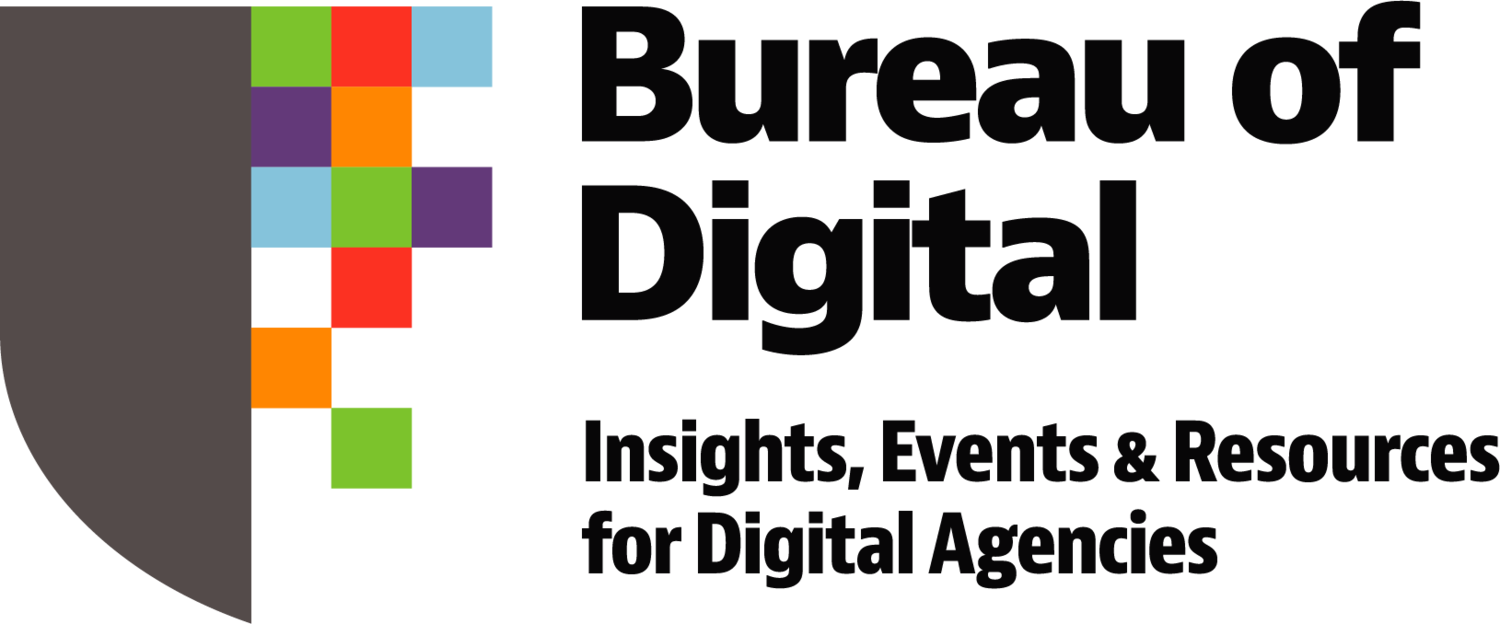There is a powerful evolution happening in marketing. Top brands are shifting their creative relationships to independent agencies. Their decisions are strategic, not accidental. They're seeking faster execution, strategic innovation, deeper cultural relevance, hands-on leadership, and market-tailored creativity.
Today we spotlight five of these transformative moves with lessons your agency can apply to win your next client.Harnessing The AM/PM Tension
The Big Shift to Independent Agencies
Let’s look at how this trend shows up in the real world. These five well-known brands each represent a different industry and have chosen to trust independent partners for reasons that speak volumes. Their stories reveal what clients value most right now: speed, authenticity, accountability, and work that connects.
Kia
Kia in Australia redirected an AU $34 million portfolio from a traditional network to independent partnership. Their decision speaks to a clear goal: streamline decision cycles, react quickly to regional trends, and deploy campaigns with agility, eliminating cumbersome layers that delay impact.
Microsoft
In the Asia-Pacific region, Microsoft has embraced independent collaboration that brings speed, regional insight, and senior strategist involvement. These advantages support rapid activation and localized relevance in market campaigns.
Calvin Klein
During early 2021, Calvin Klein launched a visually immersive campaign featuring Kendrick Lamar’s creative collective. The campaign prioritized authentic storytelling, cultural resonance, and bold departure from traditional fashion advertising.
Converse
In spring 2025, Converse introduced its indie agency created global campaign “Love, Chuck,” which celebrated the Chuck Taylor legacy through intimate local storytelling and engaging cultural vision. This move prioritized deep emotional connection, local relevance, and creative collaboration with emerging talent.
Air New Zealand
Air New Zealand adjusted its strategy by partnering with independent shops. The brand emphasized integrated campaign planning, market responsiveness, and cohesive execution tailored to fast-shifting travel trends. This approach signals a preference for streamlined, dynamic strategy over legacy silos.
What These Moves Mean for Independent Agencies
Each of these decisions highlights strategic advantages your agency can offer:
Speed: Indie teams can launch campaigns in weeks. That means faster win‑to‑market cycles.
Leadership visibility: Clients want direct access to senior team members for strategy and insight.
Ahead of the tech curve: Indie agencies explore new tech faster than their holding-co colleagues.
Cultural authenticity: Indie teams are often more in tune culturally and have fewer layers that can dilute real connection.
Flexibility: Integrated creative that adapts to shifting trends ensure relevance and impact.
These five global brands confirm that independent is not niche. It is strategic. They are choosing independent shops to move faster, tell richer stories, shield creativity from bureaucracy, and ensure leadership and accountability stay close to the work.
We know how to move faster, go deeper, and connect more authentically than any bloated holding company agency ever could. This is our edge. We have to promote these advantages ruthlessly.
Maybe we won’t steal a Fortune 100 client out from under a mega-agency tomorrow but we will be positioned to win more of the work that matters, and we’ll do it on our terms.

